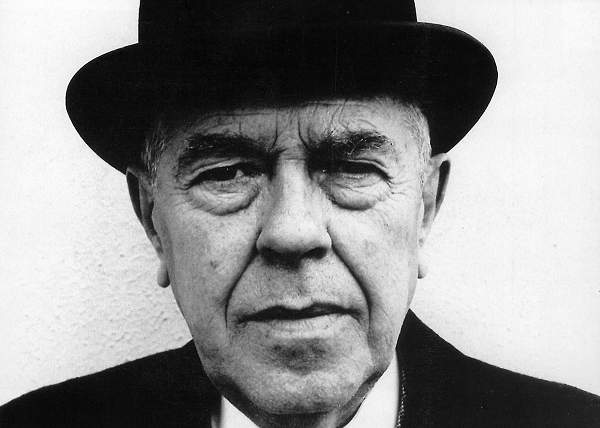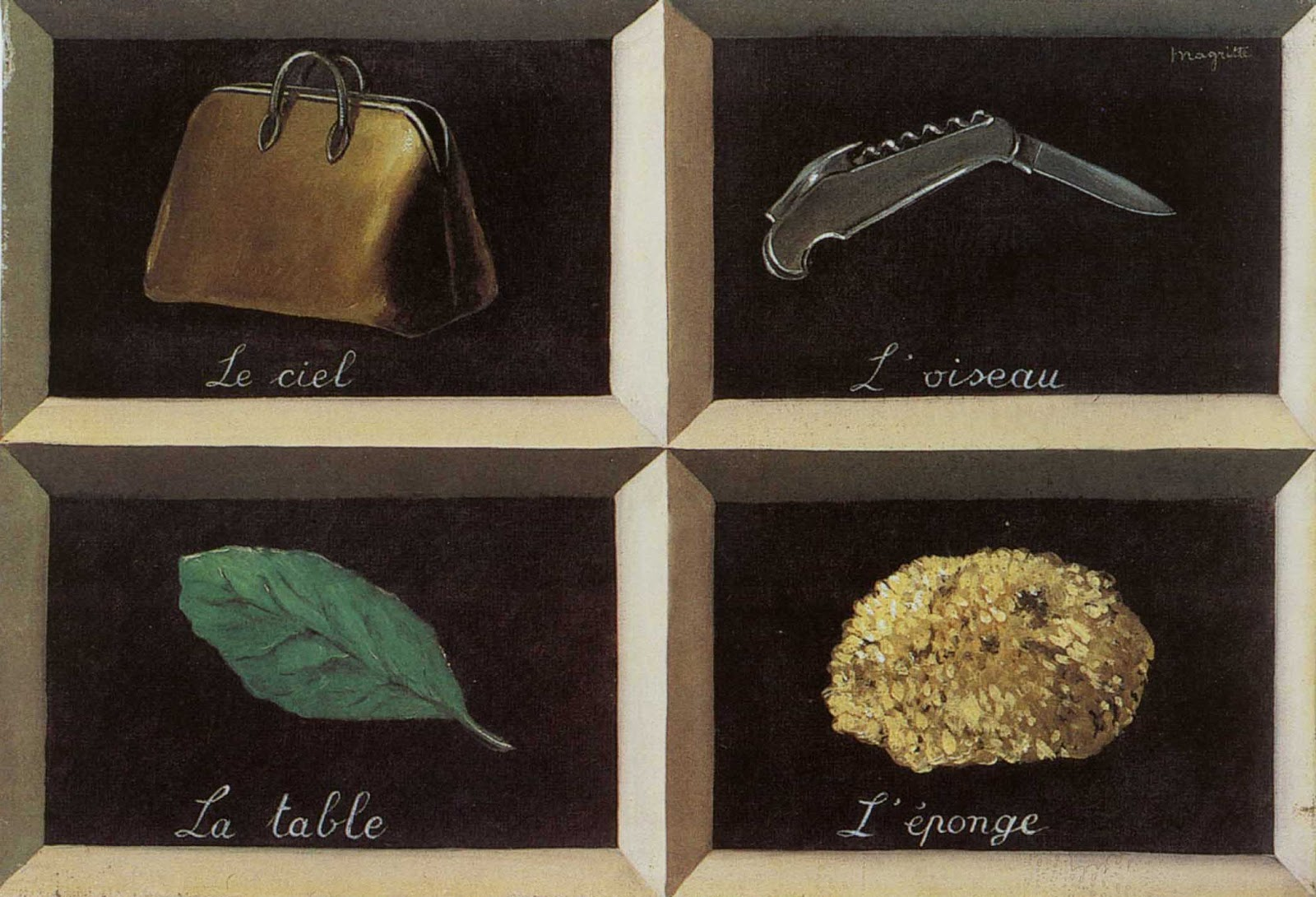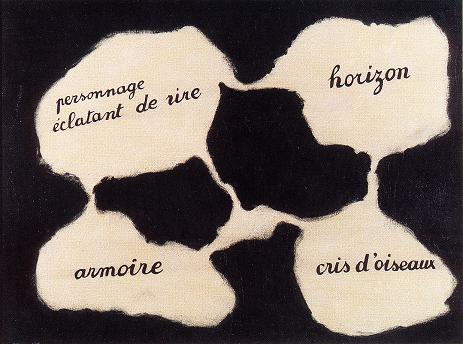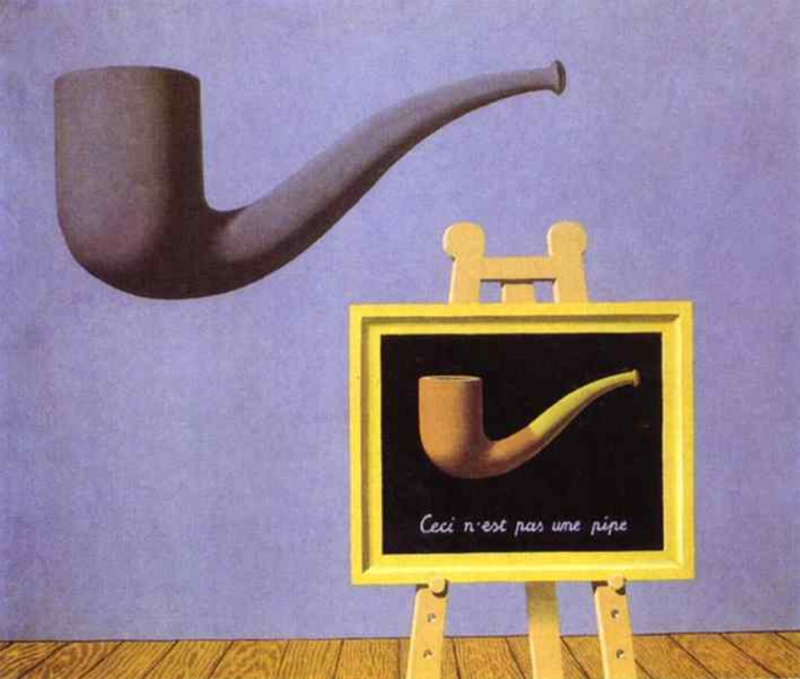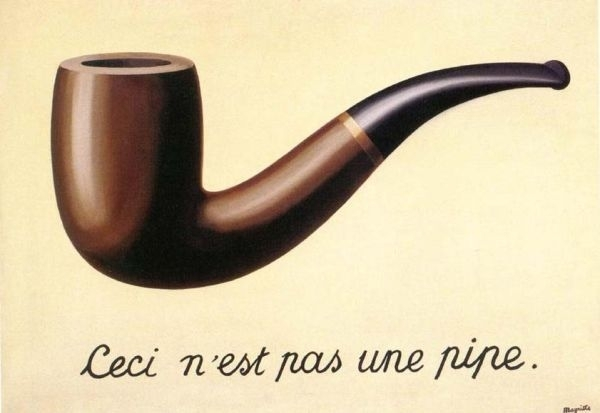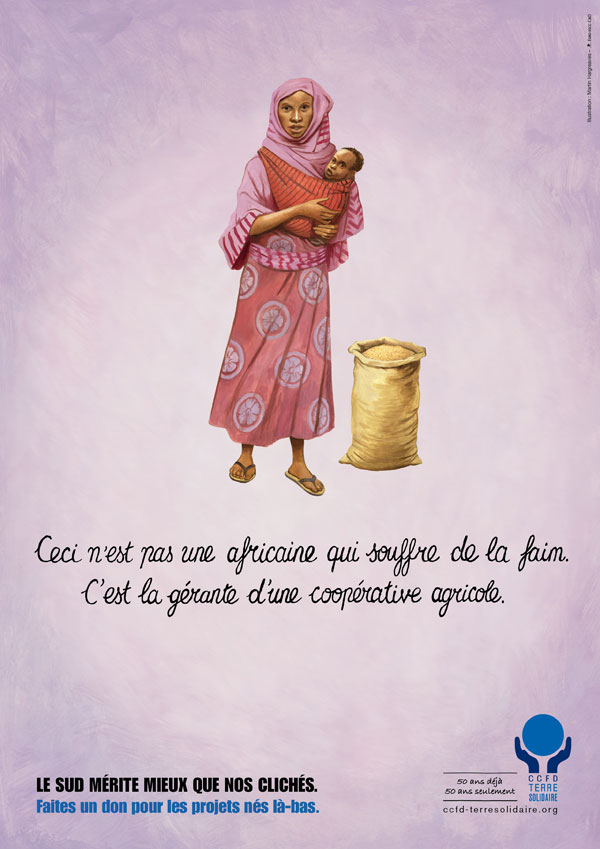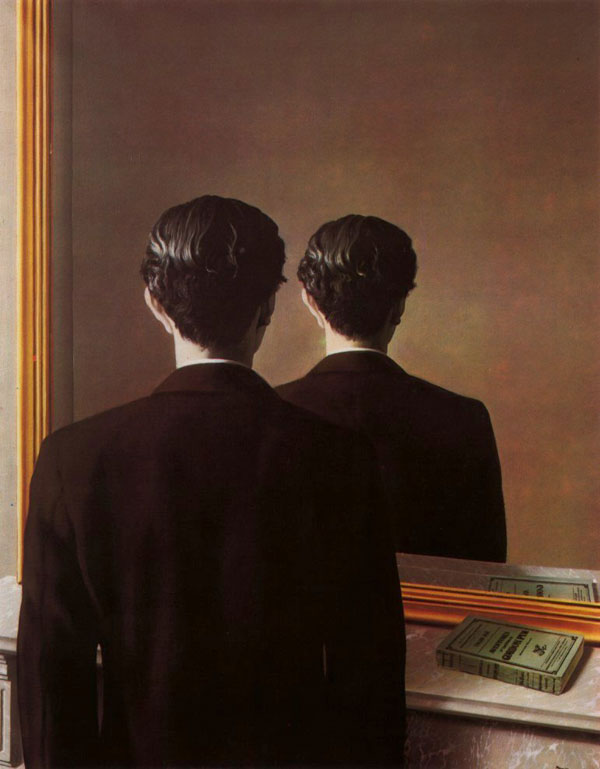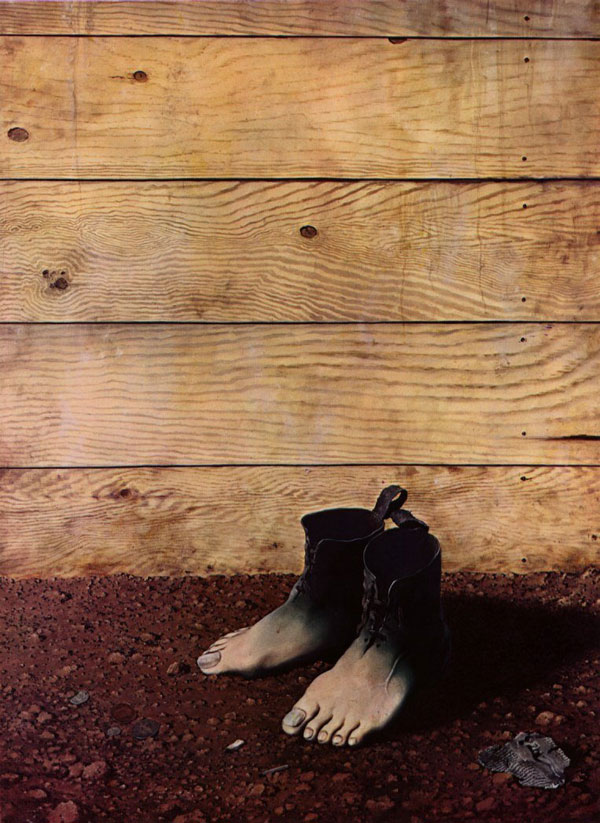Team:Paris Saclay/Project/Inspirations/Magritte
From 2014.igem.org

Contents |
Rene Magritte
Discourse on image
History
Influence of Dadaism
Surrealism was born out of the ashes of Dadaism, a provocative movement that broke up with religious, political and artistic values of its time, in reaction to the horrors of World War I (1914-1918). Many Dada writers and artists such as Tzara and Breton found in surrealism a new possibility to express their creative force through poetry.
Birth of Surrealism
The surrealist movement represents a repulsive attitude towards the aftermath of WWI. Indeed after leaving more than 8 million people dead, the “great butchery” instilled a sense of waste and absurdity in young people.
Surrealism appeared in France around 1924 with the publication of the Surrealist Manifesto by Andre Breton (the de facto leader of the movement), along with other famous comrades such as Louis Aragon, Robert Desnos, Paul Eluard, Rene Magritte, Philippe Soupault, Salvador Dali, and Jacques Prevert. What started as a literary movement soon become involved in other forms of art such as photography and film. The movement spread worldwide during the 1920s and 1930s, gaining much notoriety in the United States as many members emigrated there during the war.
Rene Magritte and Surrealism
In 1923, after discovering a painting by de Chirico, The Song of Love, Magritte embraced Surrealism, realizing that esthetics is trivial compared to ideas. Regarding the work by de Chirico he declared that the painter was “the first to dream of what to paint, not how to paint.” This discovery led Magritte to publish Oesophage, a new magazine. Along with other Belgian artists such as Nouge, Goemans, Andre Souris, and Lecomte, Belgian Surrealism took shape. The first work of the movement, The Lost Jockey, was in 1926.
Importance of the relationship between objects, their identification and their representation
In a long series of works (1928-1966) Magritte showed his intention to show the quasi-invisible relationship between objects and their identification and representation. The series started with The Interpretation of Dreams, ending with a mise en abyme of The Two Mysteries.
1927, The Interpretation of Dreams
Out of the four objects, three show no link with the words beneath them; only the sponge is described “correctly.”
1928, The Living Mirror
In the second work of the series, we observe undefined forms on a black background, identified only by words (personnage éclatant de rire – horizon – armoire – cris d’oiseaux): representation disappears, in stark contrast with the exposed reality of the action, independent of the form given to it.
1930: The Two Mysteries
The last painting in the series depicts an easel with “The Treachery of Images” (which we will discuss later) and a second pipe outside the “painting in a painting.” Is it the model of the pipe in the painting? Is there an intention to render the representation of the pipe in the painting “more real” than the pipe outside the painting? Which one of these two pipes is real then, and which one is just a representation of a pipe?
Presentation of the work
This painting is by the Surrealist painter Rene Magritte (1898-1967). It is called “The Treachery of Images” or “this is not a pipe.” The oil painting on canvas (59x65 cm) was done in 1929. It is currently at the Los Angeles County Museum.
Description of the work
Like most of the paintings in the series (this one is #3), The Treachery of Images represents an everyday object. We see a wooden pipe, painted realistically, on a beige background. Although the pipe is illuminated from the left, we cannot find any shadow: the pipe seems to float in the painting. An enigmatic message reads: this is not a pipe.
Analysis
“The Treachery of Images” is certainly one of Magritte’s most famous works. If we refer to the title of the painting, the artist’s most obvious intention is to warn us of images which we cannot experience, and which are nothing but representations of the real, tangible, and functional object.
The message was especially relevant during the 20s and the 30s with the arrival of “talking” movies. No matter how skillful the artist is, no matter how sophisticated the technology is, the image remains a copy, more or less, and does not possess any functionality whatsoever.
After all, we cannot fill or smoke an image of a pipe. The image cannot bring to the viewer any pleasure or joy related to the object: we cannot experience an image.
Finally Magritte’s work is never a simple realistic depiction. By looking real, a certain mystery is born out of the normalcy of everyday objects.
The image painted by Magritte is always an imagined one. His thoughts are highlighted by this mystery created in part by the separation between the reality of words and the truth proposed by an image.
“The form doesn’t interest me, I paint ideas” – Magritte
Why “The Treachery of Images?”
A reminder to not be fooled by images
As we have seen earlier, Magritte’s work exposes the difference between an object and its representation. We can find similarities with our own project: is a GMO that smells and looks like a lemon an actual lemon? How would it be seen by the general public? Can we accept anything as long as something looks like what we expect of it? Does form come before content? Does our society enjoy these superficial shackles?
So many questions to which Surrealism proposes the following answer: art should make the invisible visible, and poetry should make the unspeakable speakable.
Influence of Magritte on Advertising
Rene Magritte remains one of the artists of the 20th century with a lasting legacy in commercials. Like Picasso, Warhol, Dali, and Miro, the Belgian Surrealist painter benefits from a notoriety in Europe and owns an easily recognisable and distinct style. His paintings are based on transgression, with the goal of contradicting visual logic. They go well with non-conformist commercials. Let us look at a few examples.
In our project, we have thought about this duality between real and fake and came up with some short commercials showing the merits of our lemon that isn’t one.
Directly inspired by The Treachery of Images, this commercial uses Magritte’s work to warn us against “clichés.”
Not to Be Reproduced (1937)
A man faces a mirror. The troubling nature of the painting comes from the differences in the reflections of the book and the man. The impossible reflection of the man compared to the “normal” one of the book leaves us intrigued.
An obvious echo to Not to Be Reproduced, this breast cancer campaign tells us to be careful of images, but of living beings instead of objects.
The Red Model (1935)
The subject of this painting is a pair of shoes. Is this the metamorphosis of human feet reduced to simple shoes, or of shoes elevated to human status?
Alluding The Red Model, this poster for Canada customs targeting “serious travelers” shows once again the imagination of the Belgian artist.
 "
"




